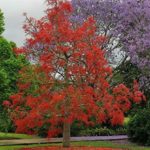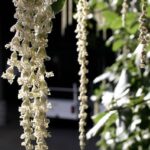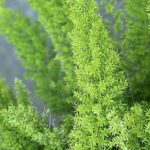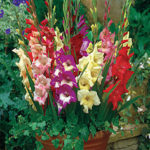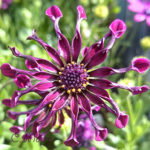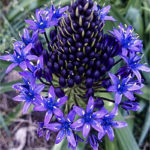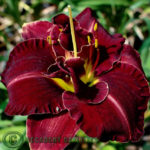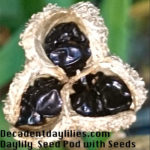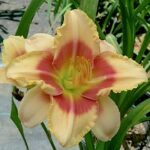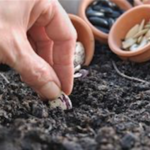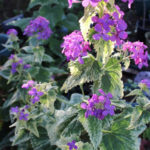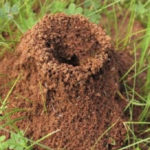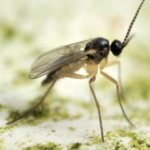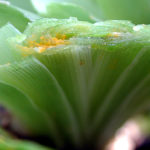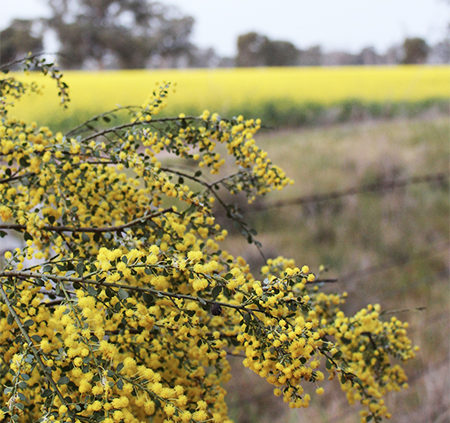
Acacia Wattle Grow Many Uses
Growing Acacia Wattle On The Land And Gardens Attract Wild Life
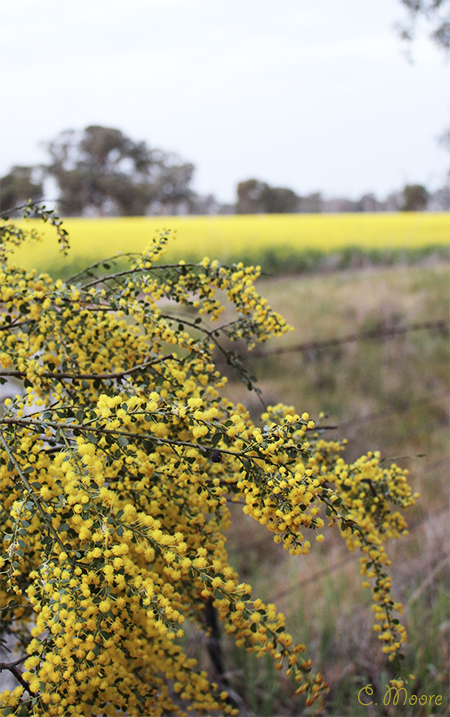 Acacia is found throughout the world and is commonly known as wattle. More than 100 species of Acacia are found in Australia. The golden wattle or Acacia Pycnantha is the national floral emblem of Australia. The 1st of September is marked national wattle day in Australia. Acacias are found in different types of habitats in Australia ranging from coastal areas, inland areas, and in arid and semi-arid areas. Most of these plant species flower during the period of spring or summer and few varieties flower in autumn or winter. Flowers are produced on inflorescences that have cylindrical spikes or globular heads. Depending on the species, the inflorescence may have 3 to 130 flowers or more. The flower colour varies from pale yellow, cream to gold. Some may have red or purple flowers. The flowers, which are delicately perfumed, attract bees. Acacia will have true leaves and modified or flattened stems that look like leaves. Flattened stems are called Phyllodes and modified stems are called cladodes.
Acacia is found throughout the world and is commonly known as wattle. More than 100 species of Acacia are found in Australia. The golden wattle or Acacia Pycnantha is the national floral emblem of Australia. The 1st of September is marked national wattle day in Australia. Acacias are found in different types of habitats in Australia ranging from coastal areas, inland areas, and in arid and semi-arid areas. Most of these plant species flower during the period of spring or summer and few varieties flower in autumn or winter. Flowers are produced on inflorescences that have cylindrical spikes or globular heads. Depending on the species, the inflorescence may have 3 to 130 flowers or more. The flower colour varies from pale yellow, cream to gold. Some may have red or purple flowers. The flowers, which are delicately perfumed, attract bees. Acacia will have true leaves and modified or flattened stems that look like leaves. Flattened stems are called Phyllodes and modified stems are called cladodes.
Use in garden
Acacia varieties range from prostrate growing species of shade trees. They are excellent as garden plants. Acacia wattle can produce flowers throughout the year in your garden if you select the right varieties. The plant responds well to pruning. Pruning should be done immediately after the flowering stops. Regular pruning gives extended life of the plant. It is a good source of pollen for insects and ideal for beekeeping. The seeds of the plant provide food for the birds visiting the garden. Many species of the plant has edible seeds and shoots and flowers are used for producing honey. They also have medicinal property. The sap of the tree is used for making gum Arabic, which used in different product preparations such as cosmetics, food, paints, ink, hair products, etc. The wood is used for making furniture, boomerang, clubs, spears, etc. Wattles prefer areas with good sunlight and easy draining soil to grow. They need moderate space to grow and can increase the soil fertility of the garden.
The evergreen wattles and canola are flowering in the reserves and paddocks around our daylilies, Iris and Cannas in the Riverina area of NSW.
Propagation
- Acacia wattle is usually propagated by using seeds.
- Seeds have a hard seed coat and can be stored for years. The seed will germinate only if the seed coat is abraded sufficiently.
- Keeping the seeds soaked in water for 24 hours or pouring boiled water over the seeds will soften the seeds and speed up germination.
- When the seeds become swollen by absorption of water, you can sow them in the soil.
- Some species can also be propagated by using stem cuttings.
- Cuttings should be taken from firm new growth and should include Phyllodes for easy propagation. Stem cuttings with bi-pinnate leaves are slower in growth.
Pests
Acacia varieties are easy to grow and maintain. The important pest of these plants is stem borers. They can be controlled by injecting few millilitres of alcohol into the stem holes formed by the borers. The foliages of the acacia plants with Phyllodes are usually attacked by the acacia bug or Eucerocoristumidiceps. To control the pests, remove the affected branch and spray with systemic insecticides.
Important varieties
The important varieties that can be grown easily in Australian conditions include Golden Wattle, Acacia Cultriformis, Silver Wattle or Acacia Dealbata and Acacia Vestita.


